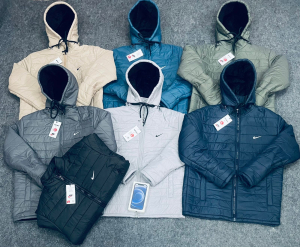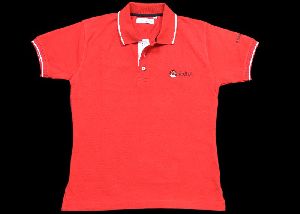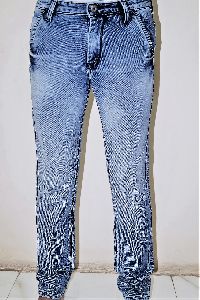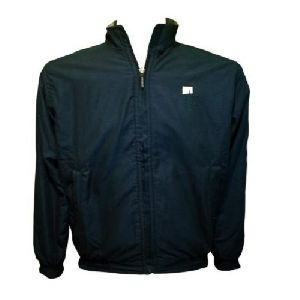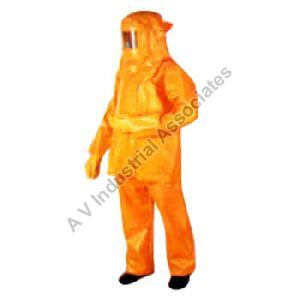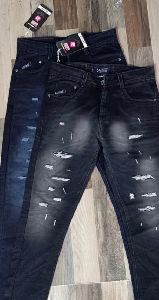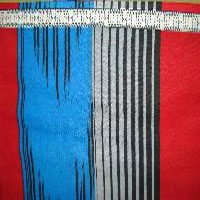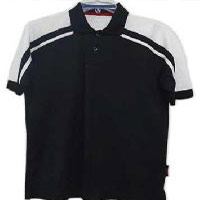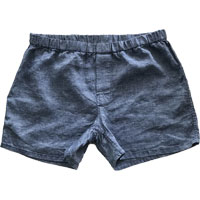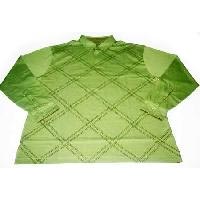Listing ID #330317
Company Information
Ask for more detail from the seller
Contact SupplierEstablished in 1985 HunkMen Intl Garments . This is a professional manufacturer Both ( Man ) ( Woman ) ( Kids ) underwears and Top HunkMen Brand as well as Underwears , and Tops. Apparels & Fashion (Brand Lable’s) (Cotton Towels),Owning more than 70 world advanced level Italian Santoni knitting machines and 400 various kinds of tailoring equipment, experienced technical personnel, first-class administrative personnel and formidable sales team have enabled us to satisfy customers' changing needs effectively.
Meanwhile, we hace passed the WRAP Certificate and Primark Certifacate for U.S Market,we also apply first-class CAD clothing design system, while using each Kind of high quality environmental-protecting material to guarantee the comfort of Our products. Due to healthy property, HUNKMEN INTERNATIONAL GARMENTS Elegant design and tasteful fashion, our products are giving customers' unique Feeling.
Adhering to the principle of "cordiality, practice, enterprising, equality, mutual benefits and friendly cooperation", our products are selling well in the American,
Gulf , Canada and European markets. We have also obtained much positive praise from foreign clients.
Presently, we are looking forward to even greater cooperation with overseas customers. Please feel free to contact us for details.
We also specialize in manufacturing your own brand in their brand name and label with required design and quality as per customer requirements
Basic Information.
Company Name: HunkMen Intl Garments Pvt, Ltd
Business Type: Manufacturer
01. Man
Rocco Briefs ,Boxer Trunks , Fit Cut Briefs , Track pant Set,
Sports Vest , Gym Vest, Wight Vest ,Fine Vest,Shirts,T-shirt,
Multiple Product
02. Women
Jasmine Camisole ,Slips Product/Service(We Sell):nderwear,Seamless bra,Lady's brassieres,Seamless Leggings,Seamless body shapers panty and Seamless panty
G-string,ladies shorts,ladies thongs,ladies briefs,ladies corset,man's boxers,man's briefs,lady's camisole,lady's vest,lady's
Multiple Product
03. Kids ( Children )
1.Boy Kids
Underwear ,Sport Vest , Wight Vest ,Tshirt ,Track Pant & T-shirt Set , Bermudass T-shirt Set ,
2.Girl Kids
Underwear , Seamless leggings Dress Items , Multiple Product
Registered Address : 5/447c Rgs Nagar , Elementary School (opp)
Vengamesdu East ,Tirupur - 641603
Tamilnadu , India.
Brands Name : Hunk Men
Number of Employees: 150 - 200 People
Company Website URL: Hunkmen.garments.com
Ownership & Capital
Year Established: 1985
Legal Representative/Business Owner: Mr. Hilmi
Trade & Market
Main Markets: North America
South America
Eastern Europe
Oceania
Gulf , Arabia
Western Europe
Main Customers:
Everlast, Giordano, JC-Penny, The Warehouse
Total Annual Sales Volume: Above US$100 Million
Export Percentage: 91% - 100%
Factory Information
Factory Size: 10,000-30,000 square meters
Factory Location: No.5/447c Rgs Nagar , Elementary School ( opp )
Vengamesdu East ,Tirupur - 641603
Tamilnadu , India.
QA/QC: Third Parties
No. of Production Lines: Above 10
No. of R&D Staff: 150 - 200 People
No. of QC Staff : 200 - 250 People
Management Certification: ISO ,ISI
Contract Manufacturing : OEM Service Offered Design Service Offered Buyer Label Offered
Supplier Assessment Report(s)
Do you want to know more about this company before you make a deal? Request an Assessment Report.
Supplier Assessment Reports are detailed on-line reports about the supplier's capabilities. It helps you get all the information you need to trade confidently with suppliers.


